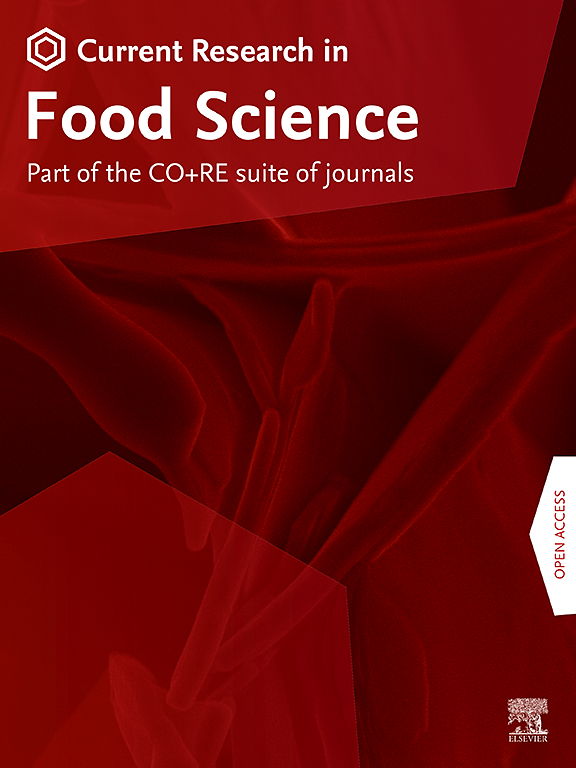Consumer behavior at sale point and consumption according to strawberry quality: How to use those data to evaluate food waste?
IF 6.2
2区 农林科学
Q1 FOOD SCIENCE & TECHNOLOGY
引用次数: 0
Abstract
Fresh fruits and vegetables present some of the highest food loss rates, due to their high perishability. The ability to model food waste and loss is key to understanding the levers for its reduction and evaluating which parameters are the most impactful. The highest food waste occurs at consumer level. Therefore, consumer behavior must be understood to accurately model food waste. In the present study, a quantitative consumer survey was performed among 509 French consumers to understand their behavior when purchasing, storing, and eating strawberries. The results of the survey were used to create several purchasing groups, with different purchase intentions and consumption behaviors, and were combined with a state-of-the-art deterioration model to evaluate food waste. Seven scenarios were tested by varying the initial deterioration of strawberries at the supermarket. A first and most expected result of the model was the significant impact of storage management habits (temperature and duration) on the resulting food waste: all the trays that went from 0 to 1% deterioration at the supermarket to more than 95% at consumption were kept in ambient conditions. Moreover, the predicted food waste was between 9.4 and 57.5% depending on the initial deterioration at the supermarket, highlighting the impact of the upstream supply chain before retailers on food waste at the consumer level. Finally, the results showed a non-linear relationship between deterioration and consumption, and thus, food waste. By considering this diversity of consumer behaviors, this model proposes a more accurate link between deterioration and food waste compared with the existing literature.

求助全文
约1分钟内获得全文
求助全文
来源期刊

Current Research in Food Science
Agricultural and Biological Sciences-Food Science
CiteScore
7.40
自引率
3.20%
发文量
232
审稿时长
84 days
期刊介绍:
Current Research in Food Science is an international peer-reviewed journal dedicated to advancing the breadth of knowledge in the field of food science. It serves as a platform for publishing original research articles and short communications that encompass a wide array of topics, including food chemistry, physics, microbiology, nutrition, nutraceuticals, process and package engineering, materials science, food sustainability, and food security. By covering these diverse areas, the journal aims to provide a comprehensive source of the latest scientific findings and technological advancements that are shaping the future of the food industry. The journal's scope is designed to address the multidisciplinary nature of food science, reflecting its commitment to promoting innovation and ensuring the safety and quality of the food supply.
 求助内容:
求助内容: 应助结果提醒方式:
应助结果提醒方式:


